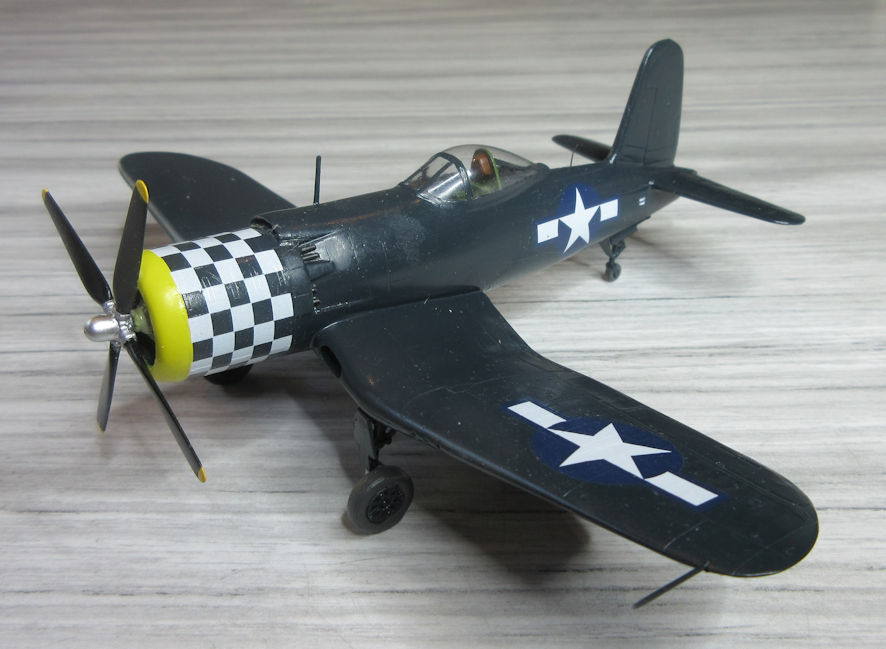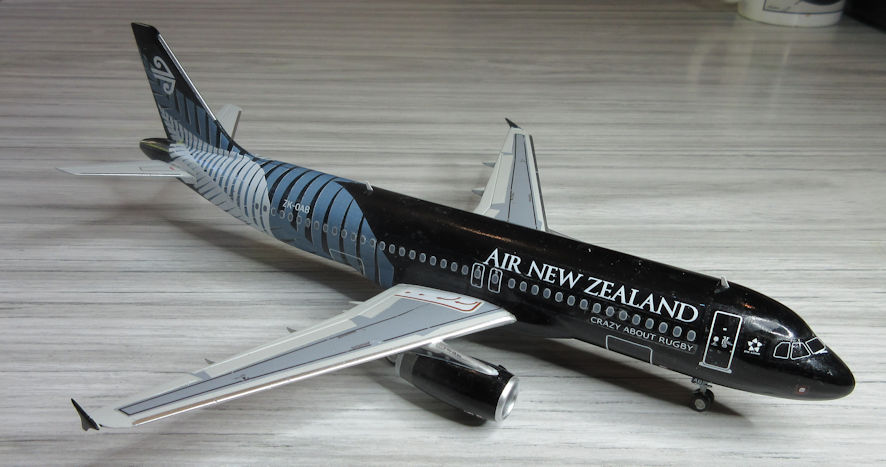

Staying in 1/144, here are two little experimental British aeroplanes that come as bonus kits with the Anigrand resin kit of the Avro Vulcan B.2. The first is the Avro 707 which was the proof-of-concept test aeroplane for the Avro Vulcan, you can’t miss the similarity. This is a simple little kit of the first version of the Avro 707 which went through another three versions after this one.

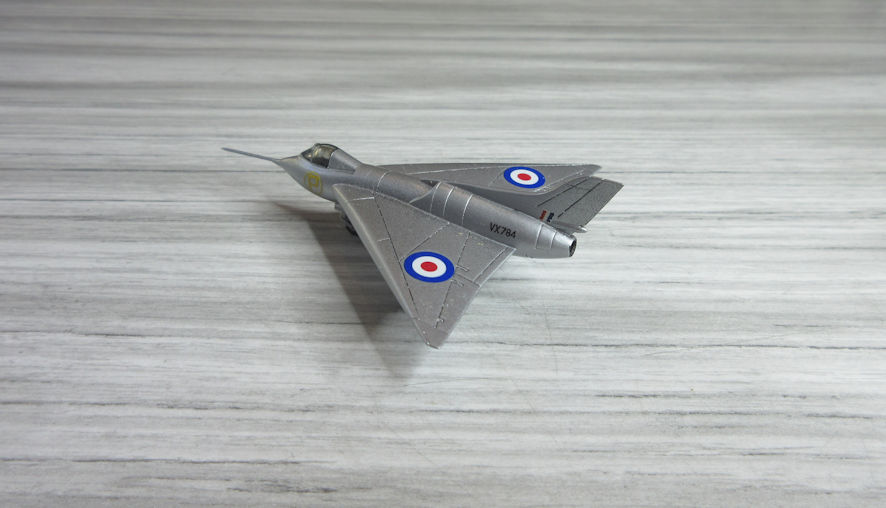
This deHavilland DH-108 (Swallow) is also part of the same kit as the Vulcan and another simple little kit of an interesting little aeroplane. This one took parts of the deHavilland Vampire incorporated into a tailless swept wing design to test the concept for an airliner and then the deHavilland Sea Vixen. Both this and the Avro 707 are finished in Tamiya’s AS-12 Bare Metal Silver lacquer paint.

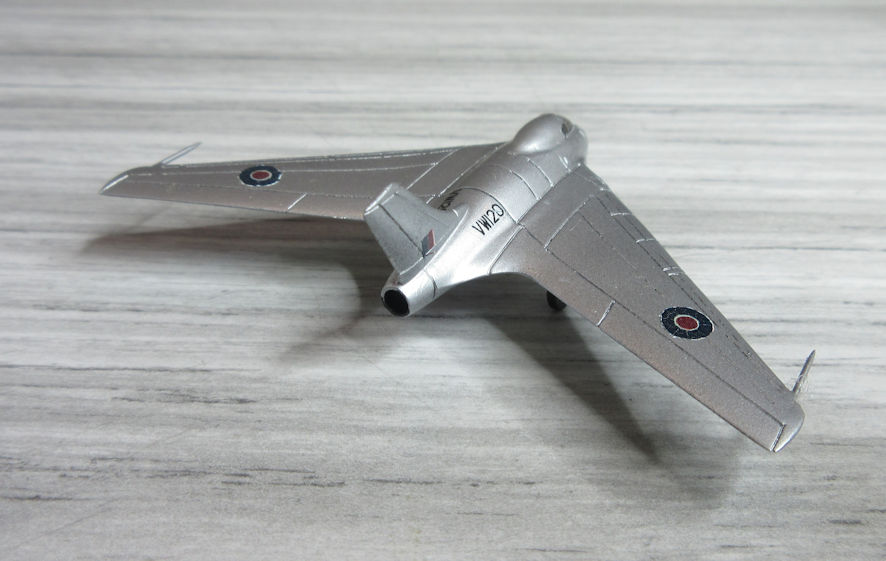
For some time I’ve been gathering RS Models kits of the Dewoitine 520 and decals to go with them, ending up with five kits and some interesting decals. I find it more efficient to make kits in a batch when I’m planning to make more than one and so here are five Dewoitine 520s in different liveries.
When France capitulated to the Germans in June 1940 the Luftwaffe took over quite a few Dewoitines that it used as trainers. Here’s what one looked like at StMartin-du-Touch in 1941.

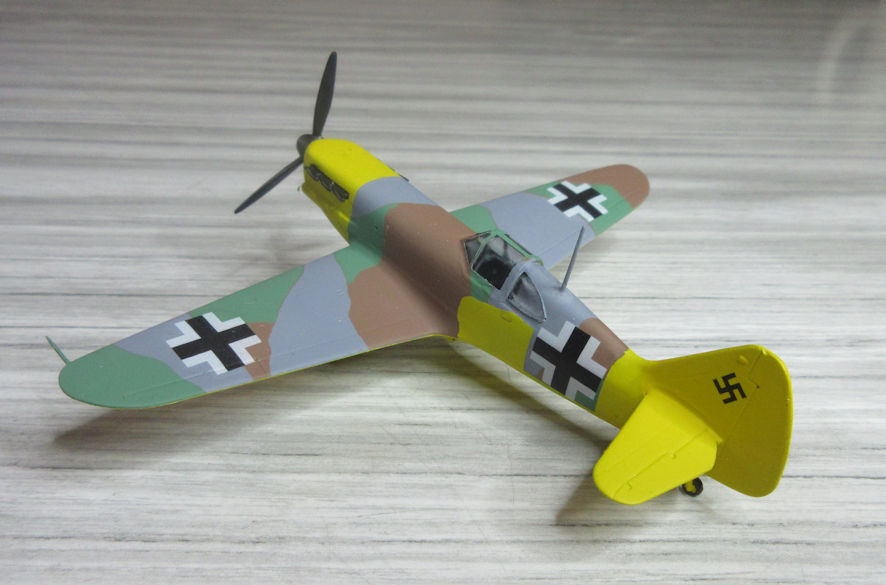
The Vichy government in France went over to fighting on the German side, mainly in North Africa. They wore increasingly garish yellow and red marking with the standard blue, blanch, rouge roundels. This one is supposed to represent experimental new French markings applied to one Dewoitine in Tunisia in December 1941. (I don’t know whether this is true or not, but it looks interesting.)
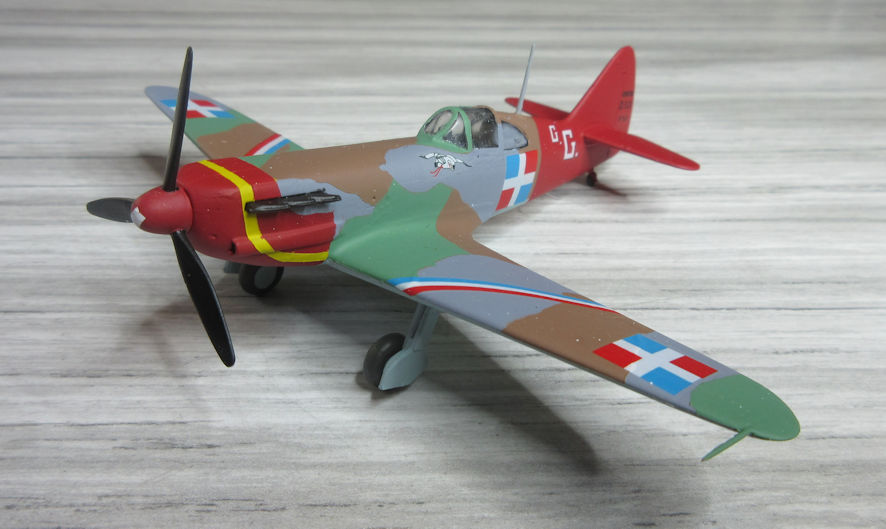
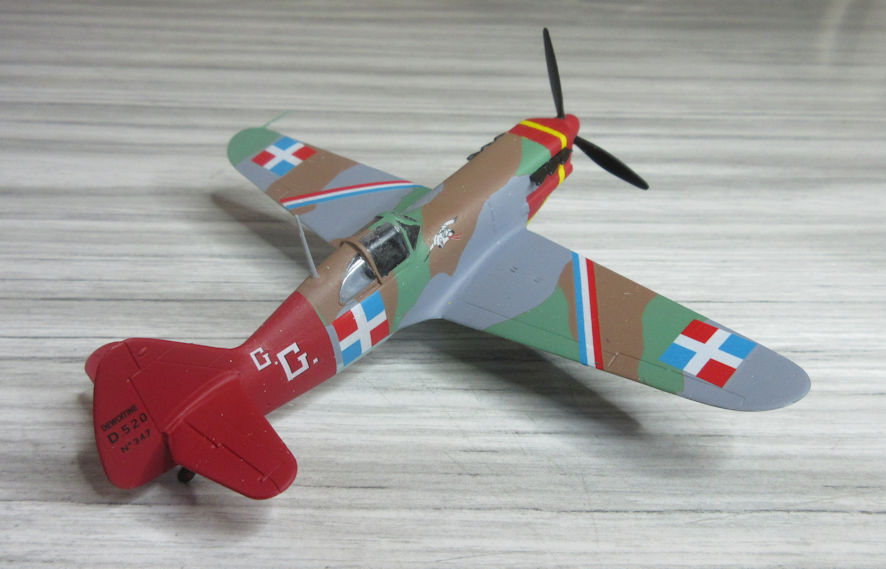
Sixty Dewoitines ended up flying for the Reiga Aeronautica (Italian Air Force) as interceptors, replacing antiquated Macchi 200s. Here is what one flying at Mateto in July 1943 looked like.
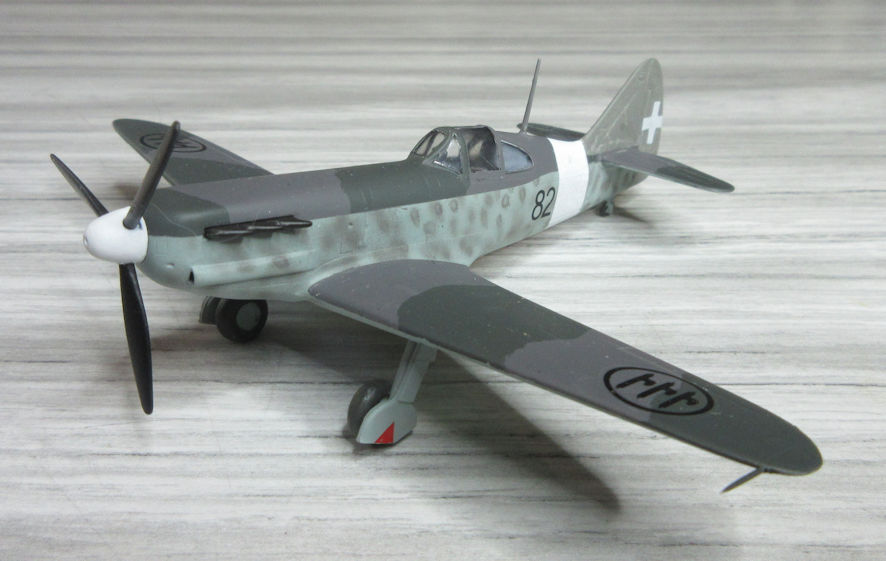
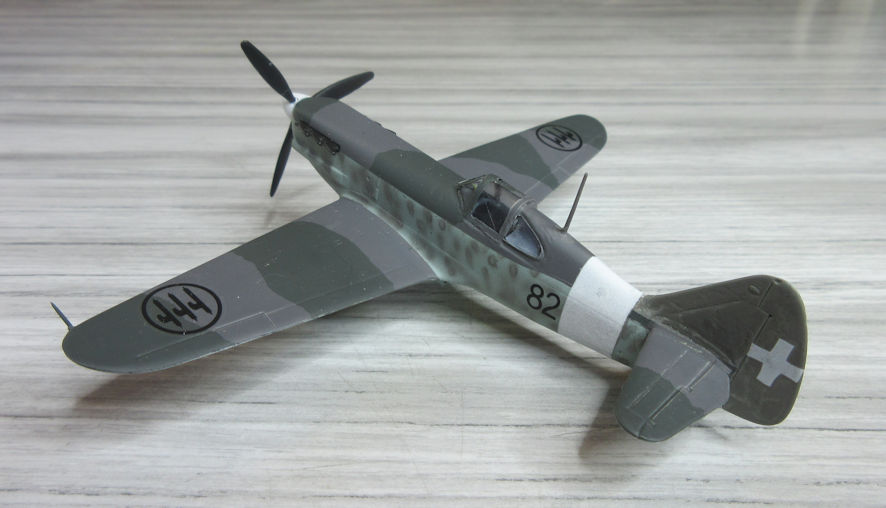
Ninety-six Dewoitines were delivered to the Bulgarian Air Force where they were used to intercept attacking American bombers in 1944. Here is one that was based near Karlovo that year.


A few Dewoitines ended up in the hands of Free French Forces towards the end of the war, including a number flying with Groupe Doret in the south of France attacking German troops on the ground. Here is what one looked like in October 1944.
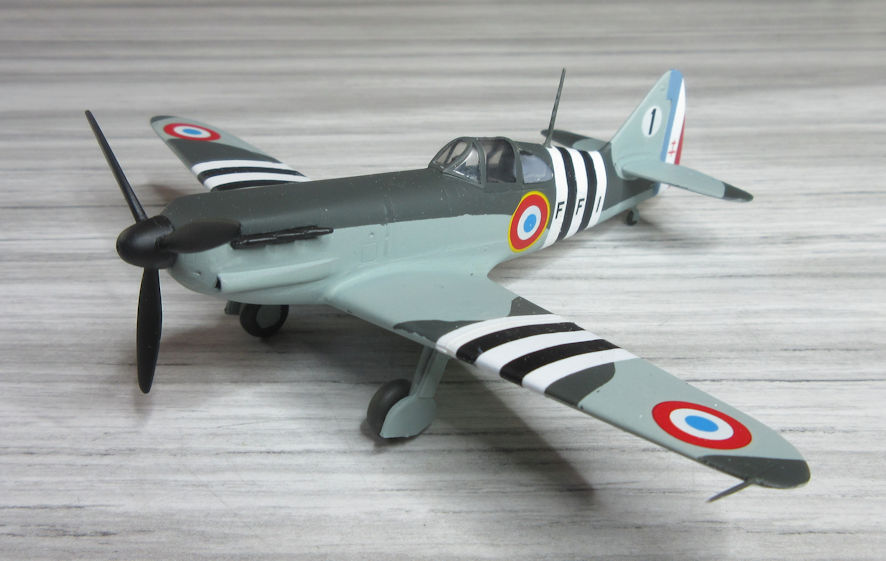

The Goodyear F2G ‘Super Corsair’ was a development made by Goodyear (which licence built Vought F4U Corsiars) to create a faster low level interceptor. The main change was to instal a four row radial engine and an all-round vision canopy. Only five were made because production orders were cancelled at the end of the war, they did not live up to promise and the Grumman F8F Bearcat offered superior performance.
